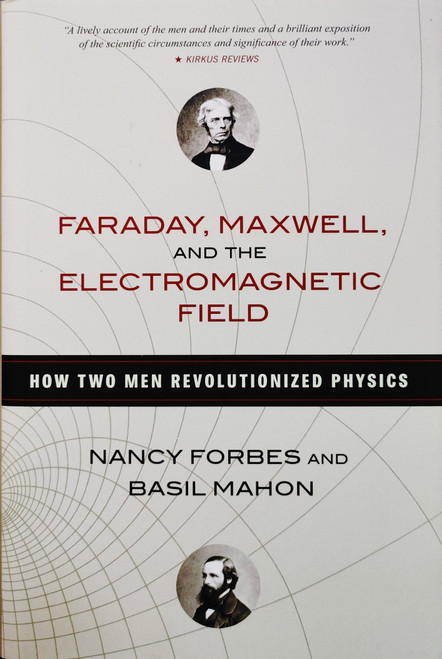Editorial Review(s)
"This book, the author contends, is not a history; it is a chronicle of the year 1775, a day by day portrait of Virginia at the outbreak of the Revolution gleaned largely from newspapers of the period. ""My aim throughout has been to enable us to live through the year together,"" Mr. Hume says. Taken on these terms, the book is successful. The reader does learn a great deal about everyday life in 1775. But that ubiquitous reader, the ""intelligent layman,"" demands more than this. Had he put his mind to it, the author could have offered a superb edition of one of the Virginia Gazettes (there were several of them), complete with scholarly notes. After all, his present book ""for those in search of nothing more lofty than fireside relaxation"" is based on the same research required for that perhaps more meaningful project. But Ivor Noel Hume is an English archaeologist who believes that history needn't be dull. In what may be the year's most verbose preface, he says that he has not treated his sources with ""solemnity"" and that ""if we are able to use laughter to take the edge off the grimness of the present, I can see no reason for treating the past any differently."" Surely the author does protest too much, for if there's anything deadlier than dull history, it is history enlivened by forced witticisms and folksy, chummy commentary. Somebody must have told Mr. Hume, a competent scholar, that he was a funny man." —Kirkus Reviews
About the Author
Ivor Noël Hume, (1927 – 2017) was a British-born archaeologist who did research in the United States. A former director of Colonial Williamsburg’s archaeological research program and the author of more than 20 books, he was heralded by his peers as the "father of historical archaeology".














